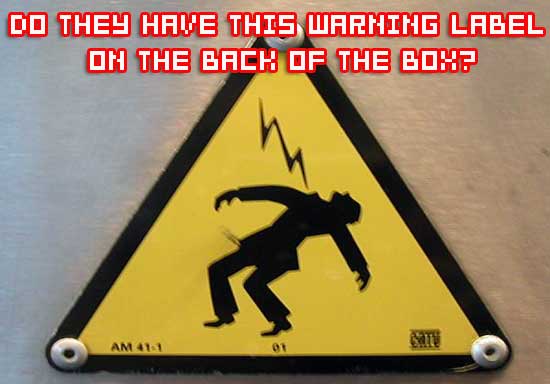Thanks to a scientific study in which volunteers willingly played a few rounds of an evil Pac-Man clone that shocked them each time they made a bad move, science is one step closer to understanding the mystery of “flight or fight” and how our brains process fear.
Using MRI scanners to monitor blood flow to different parts of the brain during playtime, Dr. Dean Mobbs of the University College London was able to determine that as the fear of an imminent shock increased, our ability to formulate an elaborate escape plan might suffer as a result:
“The midbrain is a primitive area of the brain, and it controls gut-level
reflexes such as the decision to fight or flee. When a fast response is
needed, the midbrain may inhibit the prefrontal cortex. The closer a
threat gets, the more impulsive your response – in effect, the less free
will you have.”
I guess the findings aren’t all that surprising, since few people outside of Jason Bourne make the best of decisions on the fly while under heavy duress. What does surprise me is that they were actually able to find volunteers for this experiment, and that it wasn’t secretly run by some guy going by the name of Baron von Kratzmar or something.
The biggest question that comes to mind is just how strong were those shocks? I can’t imagine a little static-electricity-like jolt causing the kind of fear needed for this kind of study. Now if you’ll pardon me, I’ll be busy licking the business end of a few 9-volt batteries and touching metal doorknobs in preparation of such a “scientific” study myself –I think I can skew the results.
[Via BBC]


